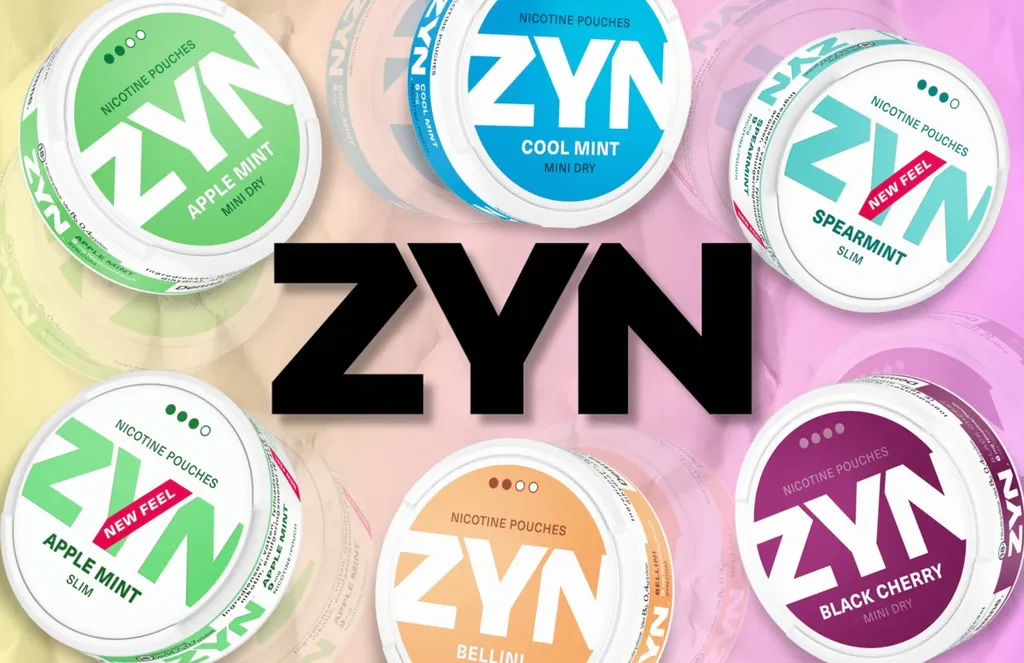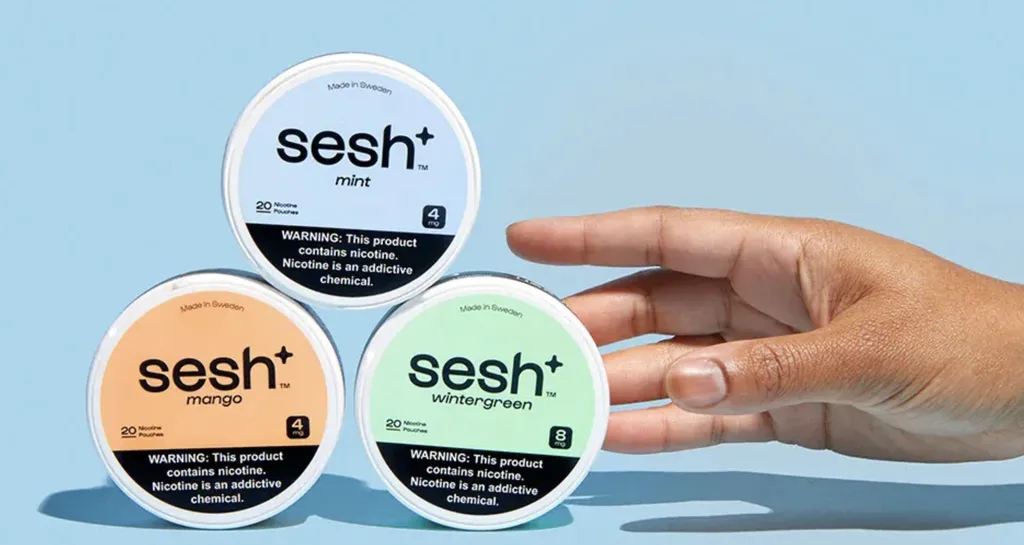
Language, that ever-shifting tapestry woven from sounds and symbols, often presents us with curious corners and unexpected detours. Today, we’ll take a brief journey into one such corner, prompted by the intriguing words “snuff” and “snuns.” What do they mean? Where do they come from? How do they fit into the grand scheme of the English language, which, like frosted ice, can appear simple on the surface but reveals unexpected depths upon closer inspection?
A Pinch of History, The Story of Snuff
Let’s begin with “snuff.” This word, far from being a modern invention, boasts a rather respectable history. It refers to finely ground tobacco that is inhaled through the nose. Now, before you wrinkle your nose in distaste or conjure images of powdered wigs and elaborate snuffboxes, consider its origins. Click here for make order.
Snuff emerged in the Americas long before Europeans arrived. Indigenous populations used tobacco in various forms, including as a powdered substance for ritual and medicinal purposes. When European colonizers encountered this practice, they, naturally, adopted it. By the 17th century, snuff had become a fashionable habit among the European elite, a trend fueled by its association with sophistication and wealth.
But how did the word “snuff” come to describe this powdered tobacco? The etymology is rather straightforward. The word is believed to be related to the Dutch word “snuffen,” meaning “to sniff.” It’s a direct reference to the act of inhaling the powder. Over time, “snuff” solidified its place in the English lexicon, representing both the substance itself and, occasionally, the act of taking it.
The cultural significance of snuff waned over time, especially with the rise in popularity of cigarettes and other forms of tobacco consumption. However, it never completely disappeared. Today, you can still find snuff available, although it’s more of a niche product compared to its heyday.
The Curious Case of “Snuns”
Now, let’s turn to the more perplexing term “snuns.” Unlike “snuff,” “snuns” is not a recognized word in standard English dictionaries. A quick search will likely yield little more than confusion. So, what is it?
There are a few possibilities. “Snuns” could be a regional variation, a slang term, a misspelling, or even a neologism, a newly coined word. Without more context, it’s difficult to say for certain. Perhaps it is a typo for “suns” or maybe a pluralization attempt of the slang term “snun,” which Urban Dictionary defines as a “stun,” but that would need additional context to make certain.
It’s precisely these types of linguistic oddities that make language so fascinating. Words are constantly evolving, morphing, and adapting to the needs and whims of their users. New words emerge, old words fade away, and existing words take on new meanings. The language is in flux, like frosted ice melting in the sun.
Language’s Constant Evolution
The story of “snuff” and the mystery of “snuns” together highlight some key aspects of language. First, language is dynamic. It is constantly changing, reflecting the shifting cultural landscape and the creative impulses of its speakers. Words gain and lose popularity, meanings evolve, and new terms are invented to describe new concepts and experiences.
Second, context is crucial. The meaning of a word can vary depending on the situation in which it’s used. A word that is perfectly acceptable in one context might be considered inappropriate or nonsensical in another. To truly understand a word, you need to consider its surrounding environment.
Third, dictionaries are not always the final word. While dictionaries are valuable resources, they are not exhaustive. They represent a snapshot of the language at a particular moment in time. New words and usages emerge constantly, and it can take time for them to be recognized and included in official dictionaries.
So, what can we take away from this brief linguistic excursion? Perhaps it’s a greater appreciation for the richness and complexity of the English language. Or maybe it’s a reminder that language is a living, breathing entity, constantly evolving and adapting to the needs of its users. Just as frosted ice transforms ordinary landscapes into winter wonderlands, language transforms our thoughts and experiences into shared realities. And sometimes, that transformation involves a pinch of snuff and a curious little word like “snuns.”

